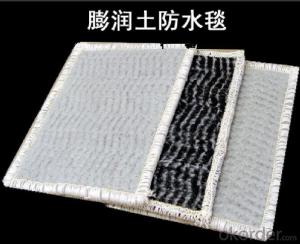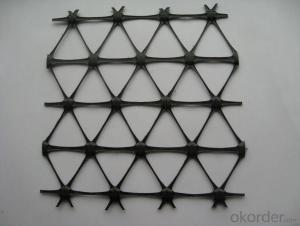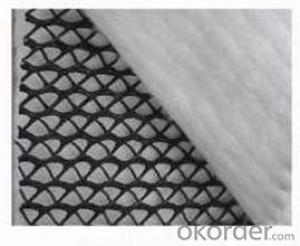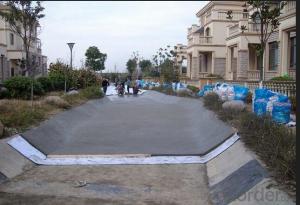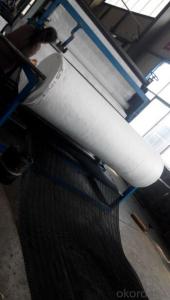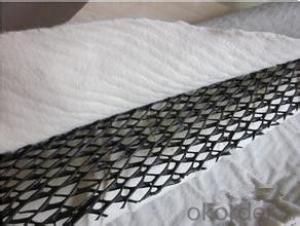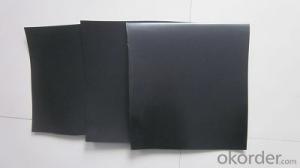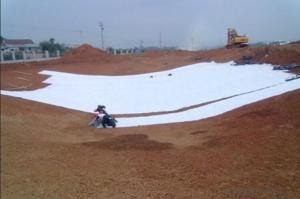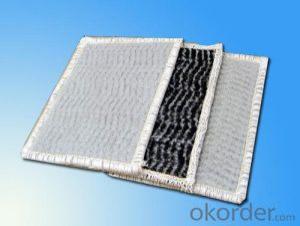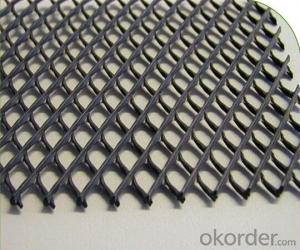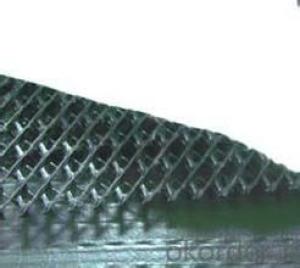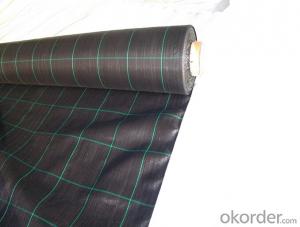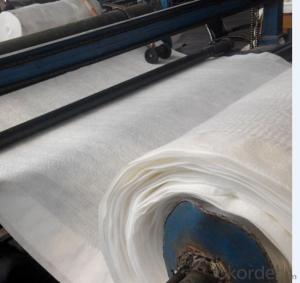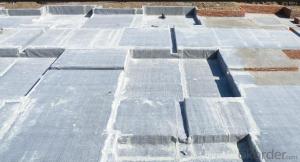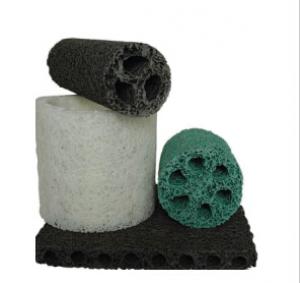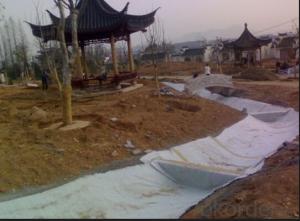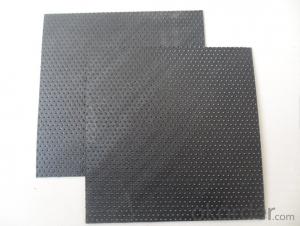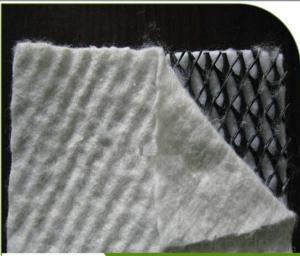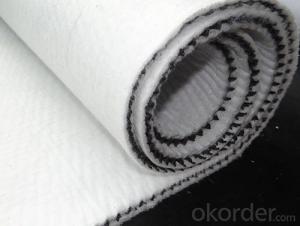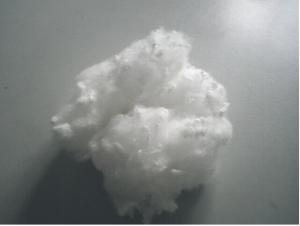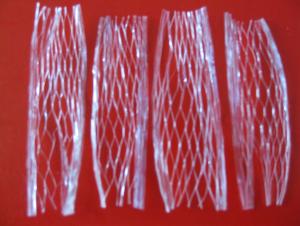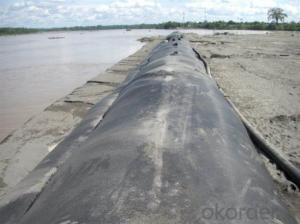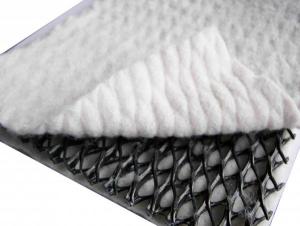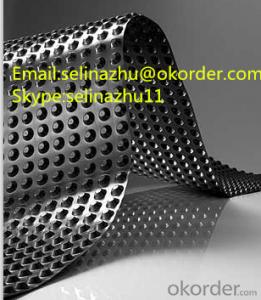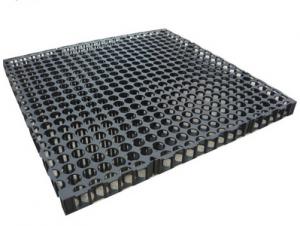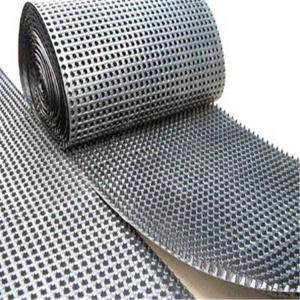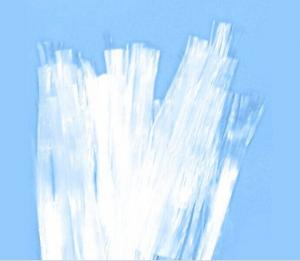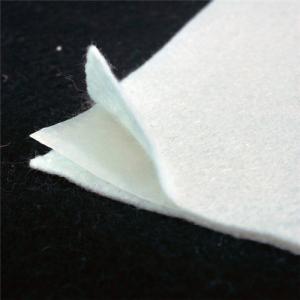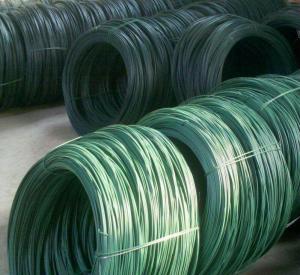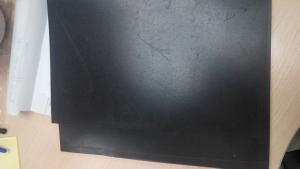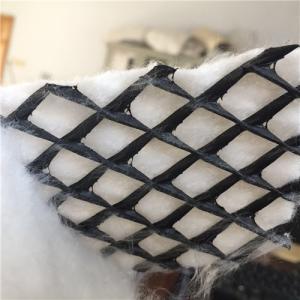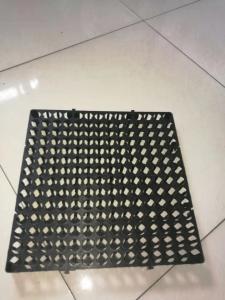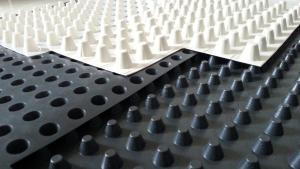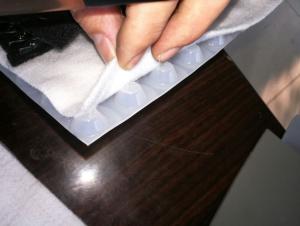Geocomposite
Geocomposite Related Searches
Geogrid For Erosion Control Geogrid For Gravel Roads Geogrid For Gravel Driveway Geogrid For Roads Geogrid For Driveway Geogrid For Slopes Geogrid Machine Geocomposite Sheet Drain Best Geogrid Geocomposite Wall DrainHot Searches
Roof Clay Tiles Prices Hdpe Liner Cost Geosynthetic Clay Liner Cost Landfill Liner Cost Geocomposite Manufacturers Wholesale Liner Hdpe Geomembrane Wholesale Hdpe Geomembrana Hdpe Geomembrane Liner Manufacturers Hdpe Liner Cost Hdpe Pond Liner Specifications Geosynthetic Clay Liner Cost Landfill Liner Cost Geocomposite Manufacturers Geogrid Fabric For Sale Tensar Geogrid For Sale Geogrid For Sale Home Depot Geogrid Geogrid Home Depot Geogrid Fabric Near Me Geogrid SizesGeocomposite Supplier & Manufacturer from China
Okorder.com is a professional Geocomposite supplier & manufacturer, offers integrated one-stop services including real-time quoting and online cargo tracking. We are funded by CNBM Group, a Fortune 500 enterprise and the largest Geocomposite firm in China.Hot Products
FAQ
- Erosion control blankets work by providing a protective layer on the soil surface, preventing soil erosion caused by wind, water, or other factors. These blankets are typically made of biodegradable materials that allow water and air to pass through while stabilizing the soil. The blankets promote vegetation growth by creating a favorable microclimate for seed germination and providing a physical barrier against soil erosion.
- Gabion baskets are typically filled with stones or other durable materials, such as concrete debris, to create a strong and stable structure. The installation process involves placing the baskets in the desired location and connecting them together using wire or clips. Once the baskets are connected, they are filled with the chosen material, ensuring that it is evenly distributed throughout the structure. This process creates a robust and effective solution for erosion control, retaining walls, and other engineering applications.
- Yes, earthwork products can be suitable for constructing boat docks. Earthwork products such as soil, gravel, and rocks can be used to create a stable foundation for boat docks. Additionally, these materials can be used to shape and contour the land around the dock, providing necessary support and erosion control. However, it is important to consider factors such as soil type, drainage, and stability to ensure the suitability and durability of the dock construction.
- Yes, earthwork products such as gravel, sand, and soil can be used to create outdoor seating areas. These materials can be used to construct a solid foundation for seating structures like benches, retaining walls, or even raised platforms. Additionally, earthwork products can be used to level the ground or create slopes to enhance the comfort and aesthetics of the seating area.
- Geotextile containers, also known as geotextile bags or geobags, find specific applications in earthwork projects such as shoreline protection, sediment control, and erosion control. These containers are filled with soil, sand, or other granular materials to create structures like retaining walls, revetments, and dikes. They provide stability and prevent erosion by trapping sediment, reducing water flow velocity, and promoting vegetation growth. Geotextile containers are also used in land reclamation, dredging, and construction projects where the need for temporary or permanent containment of materials is crucial.
- The purpose of using geosynthetic reinforcements in tunnel construction is to provide additional strength and stability to the surrounding soil or rock mass. These reinforcements help to distribute the loads evenly, reduce deformations and settlement, and enhance the overall performance and safety of the tunnel structure. They also minimize the risk of tunnel collapse, improve the durability of the tunnel, and increase its lifespan.
- Concrete barriers enhance safety on construction sites in several ways. Firstly, they provide a physical barrier between workers and potential hazards, such as moving vehicles or falling debris, thereby reducing the risk of accidents and injuries. Secondly, these barriers help to establish designated work zones, effectively separating construction activities from pedestrian or vehicular traffic, ensuring that workers can operate in a controlled and protected environment. Additionally, concrete barriers can also serve as noise and dust barriers, further enhancing the safety and well-being of workers by minimizing exposure to harmful elements. Overall, concrete barriers play a crucial role in preventing accidents, protecting workers, and maintaining a safe working environment on construction sites.
- There are several benefits of using geotextile mats in roadway reinforcement systems. Firstly, these mats improve the stability and load-bearing capacity of the road, making it more durable and resistant to wear and tear. Secondly, geotextile mats help to distribute the load from traffic evenly, reducing the stress on the road structure and preventing the formation of potholes and cracks. Additionally, these mats act as a barrier to prevent the intermixing of different layers of the road, ensuring the integrity of the pavement and minimizing the risk of structural failures. Moreover, geotextile mats can effectively control soil erosion and stabilize the underlying soil, reducing the need for frequent maintenance and repair. Ultimately, the use of geotextile mats in roadway reinforcement systems leads to cost savings, extended lifespan of the road, and improved overall performance.

